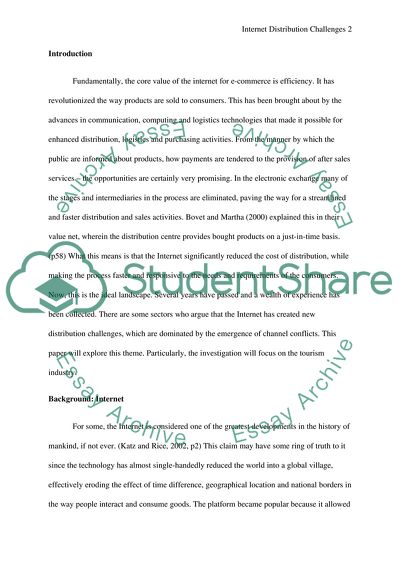Cite this document
(“Does the internet create more distribution problems than it solves Essay”, n.d.)
Does the internet create more distribution problems than it solves Essay. Retrieved from https://studentshare.org/tourism/1585391-does-the-internet-create-more-distribution-problems-than-it-solves-critically-evaluate-with-reference-to-channel-conflicts-include-relevant-examples-and-theories-in-your-appraisal
Does the internet create more distribution problems than it solves Essay. Retrieved from https://studentshare.org/tourism/1585391-does-the-internet-create-more-distribution-problems-than-it-solves-critically-evaluate-with-reference-to-channel-conflicts-include-relevant-examples-and-theories-in-your-appraisal
(Does the Internet Create More Distribution Problems Than It Solves Essay)
Does the Internet Create More Distribution Problems Than It Solves Essay. https://studentshare.org/tourism/1585391-does-the-internet-create-more-distribution-problems-than-it-solves-critically-evaluate-with-reference-to-channel-conflicts-include-relevant-examples-and-theories-in-your-appraisal.
Does the Internet Create More Distribution Problems Than It Solves Essay. https://studentshare.org/tourism/1585391-does-the-internet-create-more-distribution-problems-than-it-solves-critically-evaluate-with-reference-to-channel-conflicts-include-relevant-examples-and-theories-in-your-appraisal.
“Does the Internet Create More Distribution Problems Than It Solves Essay”, n.d. https://studentshare.org/tourism/1585391-does-the-internet-create-more-distribution-problems-than-it-solves-critically-evaluate-with-reference-to-channel-conflicts-include-relevant-examples-and-theories-in-your-appraisal.


